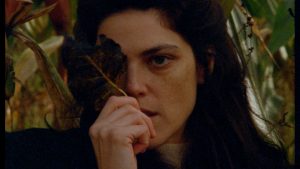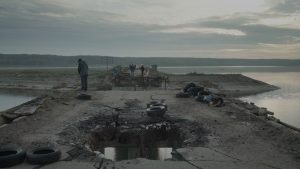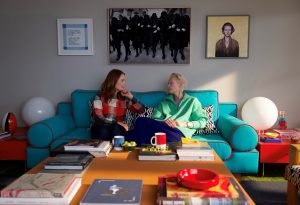Highlights from the 2024 International Competition at Montreal’s RIDM include Invention, Apple Cider Vinegar, and To Our Friends.
Cannes 2019: The Art House is Haunted
June 3, 2019
The art house is haunted, and it looks like there’s no chance of boarding it up against what’s coming at us in the dark.
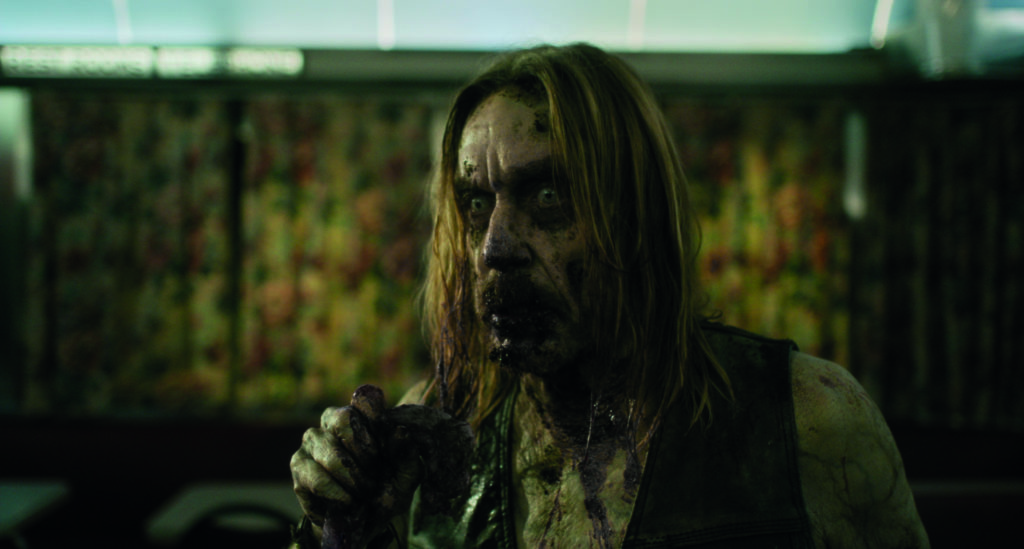
It’s not unusual for Cannes to unfold like a fever dream. That’s the whole point. You pick up your press pass, enter the theme park, and after two weeks of feeding on film, you exit through the rabbit hole wondering, “What was that?”
I should be used this by now. I’ve made the May pilgrimage to cinema’s magic kingdom on the Côte d’Azur for more than two decades, and it always feels like a body-snatching, mind-altering experience. In the rarified air of Cannes, as we chase the mirage of the movie that will change world cinema, the real world falls way and time stops, as in a Vegas casino. It’s a place where I never quite trust my judgement. In the Cannes bubble, you don’t just watch films, you get infected by them, for better or worse, and that was more dramatically true this year than most.
It didn’t help that on opening day of the 72nd annual Cannes International Film Festival, I woke up in my hotel room with what looked like a spider bite on my right hand. Within an hour, my body erupted in hives. In a panic, I went online looking for an answer, only to discover I was locked out of my email, unable to restore my password. I tried going on Twitter. It, too, was locked. By the time I’d recovered my email, after putting me through a vicious circle of robo-prompts, Twitter permanently closing my verified account, saying I couldn’t prove who I was. I’d been ghosted by social media. The hives would subside in a few days, but by then it was happening: the zombie apocalypse was fully underway onscreen.
There are hundreds of movies to see in Cannes, but I prefer to focus on the main competition, which dominates the conversation and which creates its own narrative, which festival director Thierry Frémaux curates as a kind of zeitgeist playlist. After a while, the films start talking to each other. And this year, the overarching theme virtually leapt off the screen: zombies. I managed to see 18 of the 21 features in the competition without missing anything noteworthy, and 10 of them were infested by zombies some sort, literal or figurative. Setting the tone was The Dead Don’t Die, the mock horror comedy by Jim Jarmusch that opened the festival, with a samurai Tilda Swinton beheading the undead, and deadpan volleys of dialogue between Bill Murray and Adam Driver, who keeps repeating “this is going to end badly,” which could refer to the movie or the entire festival. But running through the rest of the Competition was a more widespread an epidemic — of ordinary humans not being themselves, acting as if possessed by some mysterious and irresistible outside force. These ranged from Palestinian director Elia Suleiman’s exquisite tone poem This Must Be Heaven, in which the director bears silent witness to the alien choreography of a world he no longer recognizes, to South Korean director Bong Joon Ho’s Palme d’Or winner, Parasites, a shapeshifting tragi-comedy about a family in a basement apartment whose quest for upward mobility leads to a diabolical home invasion.
While the Jarmusch movie played kitsch riffs on George Romero’s well-worn formula — cannibals lurching across the land in a surreal parody of mindless American consumerism — it was the exception to the rule. In other films, we kept seeing outbreaks of a zombie-like resistance erupt in relatively realistic dramas of class conflict. And they included seven of the nine Competition titles awarded prizes by Alejandro González Iñárritu’s jury.
Take Atlantique, from French director Mati Diop, which offered the one instance of pure-bred, supernatural zombies aside from the Jarmusch film. (Spoiler alert: if you’re sensitive to mid-plot revelations, you might skip this paragraph and the next.) In her dreamy feature debut, which took the second-place Grand Jury Prize, Diop unleashes a horde of undead refugees, scary white-eyed women who have perished at sea and come back to haunt the Dakar construction magnate who stole their wages. And her story slides between realism and the supernatural without breaking stride.

Meanwhile, the two films that split the third-place Jury Prize, Bacurau and Les Misérables, presented scenarios of outcasts rising from the underground as an other-worldly menace. Directed by Brazil’s Kleber Mendonça Filmo and Juliano Dornelles, Bacurau is a dystopian Western set in a remote, cult-like community that becomes the target of a murderous conspiracy. For salvation, the villagers turn to a lost sect of revolutionaries, who come out of hiding to confront the enemy with a ferocity enhanced by psychotropic drugs. Les Misérables offers a less romantic vision of revolt with a riveting contemporary thriller that unfolds in the same Paris suburb where Victor Hugo set his novel. With his debut feature, French director Ladj Ly delivers a breathless vérité drama about an escalating conflict between a police anti-crime squad and local gangs. The neighborhood is a powder keg, and the racist hothead who commands the squad is playing with fire. And as conventional notions of good and evil on both sides collapse, we’re left with the spectre of an anonymous black-hooded mob raging up the stairwell of an immigrant housing project.
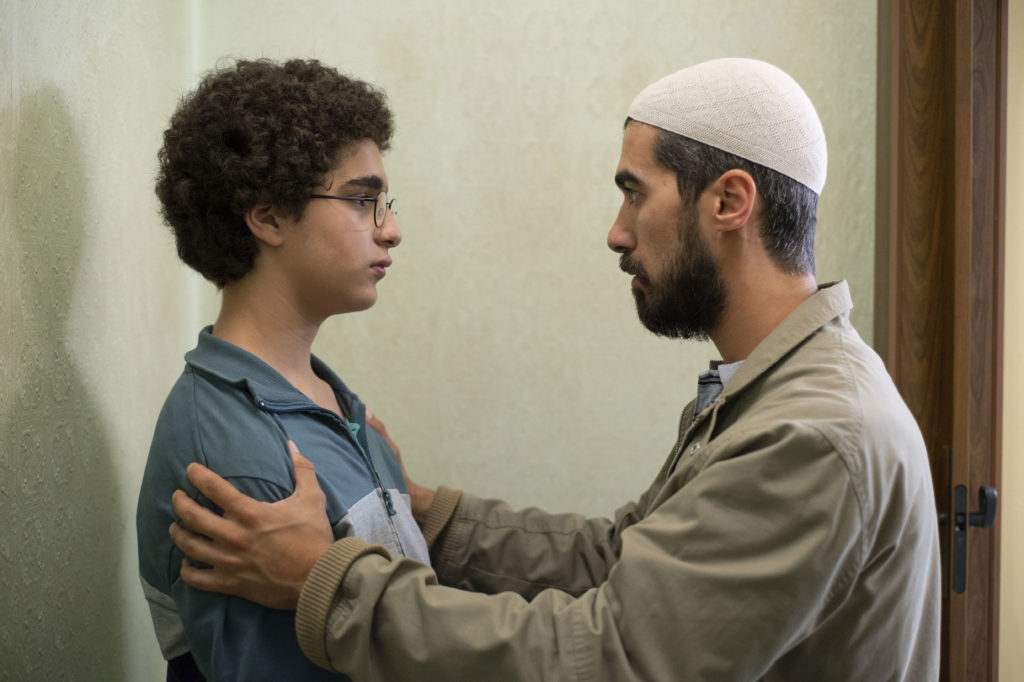
In Young Ahmed, from Belgium’s Dardenne brothers, a 13-year-old Muslim boy indoctrinated by the local Imam embarks on a relentless mission to kill his infidel math teacher, a woman who is dating a Jew. The film’s social realism may seem like familiar ground for Jean-Pierre and Luc Dardennes, but their gormless protagonist resists everyone’s empathy, including viewer’s, to the point that we’re left wondering what the filmmakers were thinking. I assume they set out to demystify Islamophobia, not encourage it. But in a directors’ statement, they all but admitted they’d painted themselves into a corner: “When we began writing, we never imagined that we were creating such an inscrutable character, capable of eluding us to such an extent.” Only the jury knows why they awarded Best Director to two filmmakers who openly admit they lost lost their sense of direction.
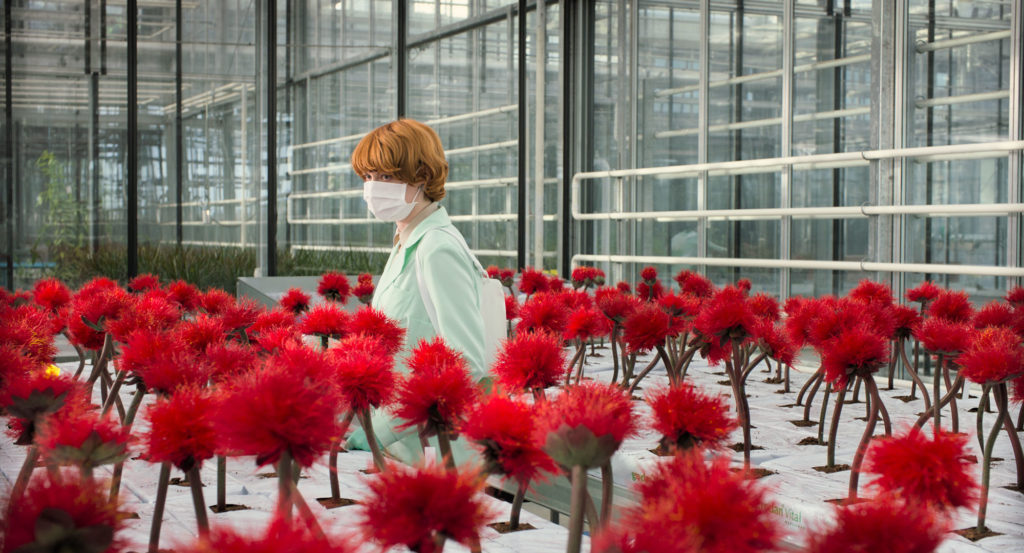
Almost equally opaque is Alice, the protagonist of Little Joe played by Best Actress winner Emily Beecham. A single mother, she works for a corporation as an overly dedicated plant breeder who falls under the spell of a new species that sports a hot crimson flower, which seems to have therapeutic value until it colonizes the mind of whoever gets close to it. Directed by Austria’s Jessica Hausner, this thin sci-fi fable recalls the sleek dystopian style of Ex Machina. But it becomes so consumed by its own omnivorous concept that the characters are left vacant. Which was the case with so many of these films about lost souls. From the white-eyed banshees of Atlantique to the hollow stare of Ahmed, we kept coming face to face with impenetrable characters, with a weaponized gaze that could not be unlocked. Behind the eyes, there’s no one home.
Among the young filmmakers who played fast and loose with genre, the most thrilling counterpoint to all the apocalyptic gloom came from French director Céline Schiamma, who was awarded Best Screenplay for Portrait of a Lady on Fire. Set in the 18th century, it’s a spare, slow-burn romance between two women (Noémi Merlant and Adèle Haenel) — an artist and a model, whose mother has commissioned a portrait of her daughter as a wedding gift to the man she is reluctant to marry. With a seductive intrigue that feels intimately contemporary, yet not anachronistic, Schiamma melts down the cliché of artist and muse, as she keeps rotating the perspective between the two women, and unlocking the power of the female gaze in a way that seems utterly fresh. The film’s opening scene, of the artist lugging her crate of canvases out of the surf onto the beach, seems like an homage to The Piano, and it was not difficult to imagine Schiamma as the next Jane Campion.
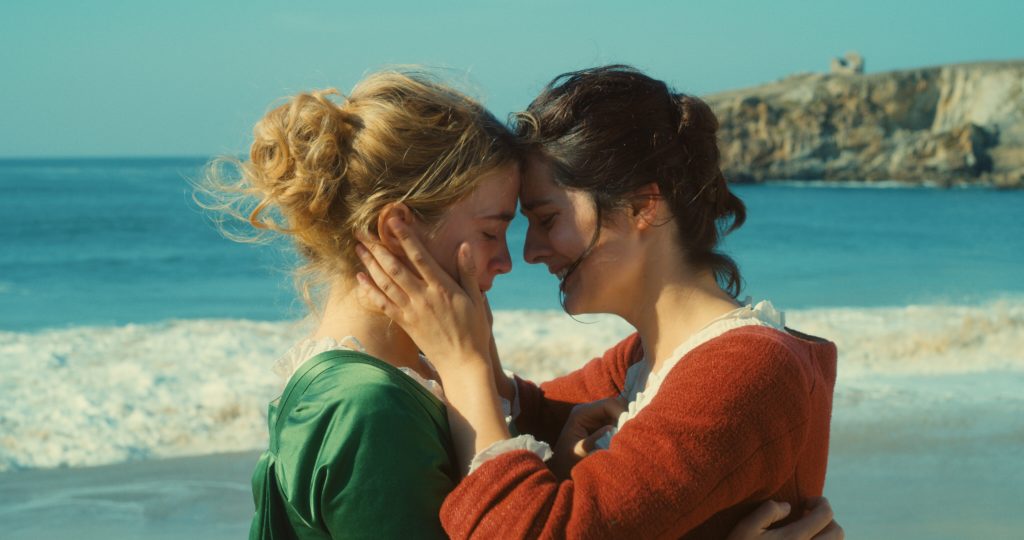
Portrait of a Lady on Fire was one of just four films directed by women among the 21 contenders, but the jury gave three of them prizes in a contest where the divide between new voices and the veteran auteurs had never seemed more stark. The competition’s four previous Palme d’Or winners were all snubbed — Ken Loach, whose solid working-class drama Sorry We Missed You deserved the prize given to the Dardenne brothers; Quentin Tarantino and Terrence Malick, who are both likely get more recognition at the Oscars; and Abdellatif Kechiche, who should be sent straight to hell.
There was an overwhelming consensus that Kechiche’s four-hour abomination, Mektoub, My Love: Intermezzo, should never have been programmed. Some films don’t just waste your life — they’re toxic. Kechiche, who pushed the erotic envelope with Blue is the Warmest Colour, doubles down on gratuitous voyeurism with a marathon pageant of twerking female butts. Never has the zombification of the male gaze been more abject, offensive or tedious. I tried my best to watch it. The first half an hour of bikinied women lathering each other with sunscreen on the beach was merely boring. But then we enter a nightclub, from which there is no escape. With a non-stop assault of strobing lights, and no story to speak of, it was pure torture. After waiting an hour to get out of that nightclub, I finally gave up and left the movie halfway through, carrying its pain home in my eyeballs like a dose of radiation poisoning.
A word on Quentin Tarantino. His arrival on the red carpet in Cannes was like a royal visit. And as an event, the premiere of Once Upon a Time in Hollywood, on the 25th anniversary of Tarantino’s Palme d’Or triumph for Pulp Fiction, was by far the biggest attraction in Cannes, and it offered a taste of the zombie apocalypse in the flesh. Until then, the Croisette had seemed eerily calm. Like in a Western where the cowboy squints at a ridge devoid of enemies and says, “I don’t like it — it’s too quiet.” But when Brad, Leonardo, and Quentin hit town, the hordes descended. Coming down from the hills, or wherever hordes come from, they pressed against the barricades, an undead mob of desperate French film nerds, wearing shabby tuxes in the sun’s glare, and holding up elaborate, hand-drawn signs begging for tickets to the premiere.
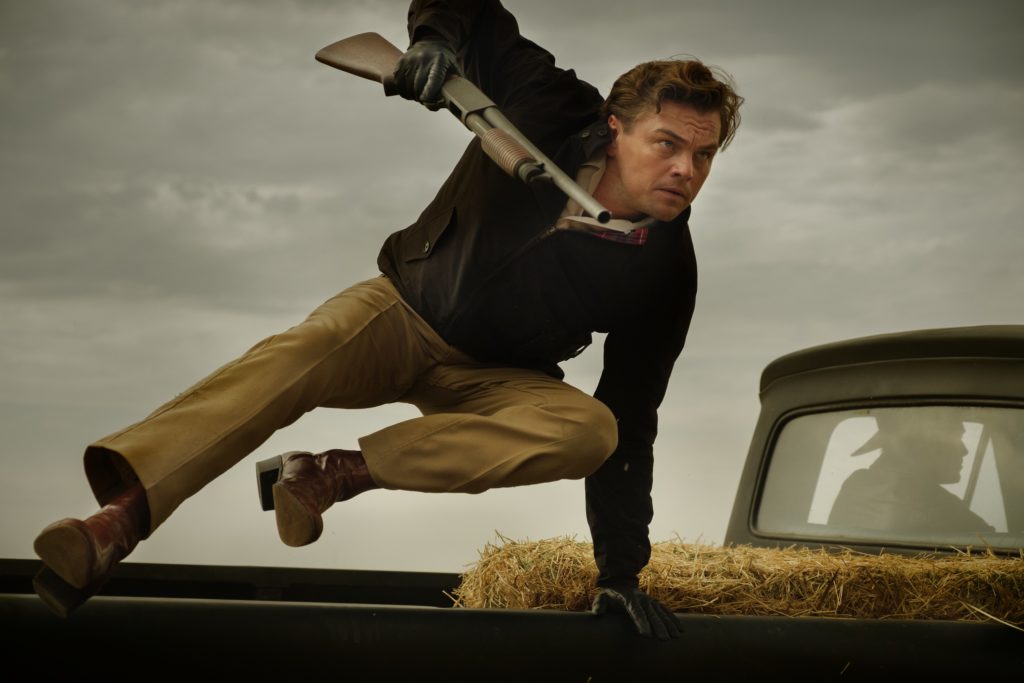
I loved the movie. When it comes to mixing genres, Tarantino is the mash-up king, and by now he’s done enough of it that he can plunder his own oeuvre in whole cloth. This film may be pure indulgence, but it’s exhilarating, violent, inventive, disturbing, outrageous — and, somehow, strangely sweet. And it’s not every day you to see what $100 million of vintage cars, clothes, music, art direction and movie stars looks like on 35 mm film. It won’t happen again. As for Pitt and DiCaprio, they’ve never been better, perfectly calibrated as hero and anti-hero, the fading star and the shining stuntman. And of course, there are zombies, real-life ghouls whose acts remain incomprehensible — Charles Manson and his hippie harem of brainwashed women. Throughout the film, their story simmers on the horizon, a horror lying in wait, then pays off with a gonzo outcome that we can’t possibly see coming, and almost begs to be controversial.
But moment for moment, no film provided a more unpredictable ride than Parasite, a masterful work by Bong Joon Ho, who takes takes a far more circuitous route to horror than in his previous work (The Host, Snowpiercer, Okja). As the movie opens with affectionate scenes of a South Korean family living on top of each other in squalor, we could be back in Shoplifters, Hirokazu Kore-eda’s Palme d’Or winner from last year. But with surprises lurking around every corner, Bong shifts gears from one genre to another with stunning alacrity, until we find ourselves in a genre we don’t recognize, a precipice where tenderness and horror sit side by side, and there’s no controlling what might happen next.
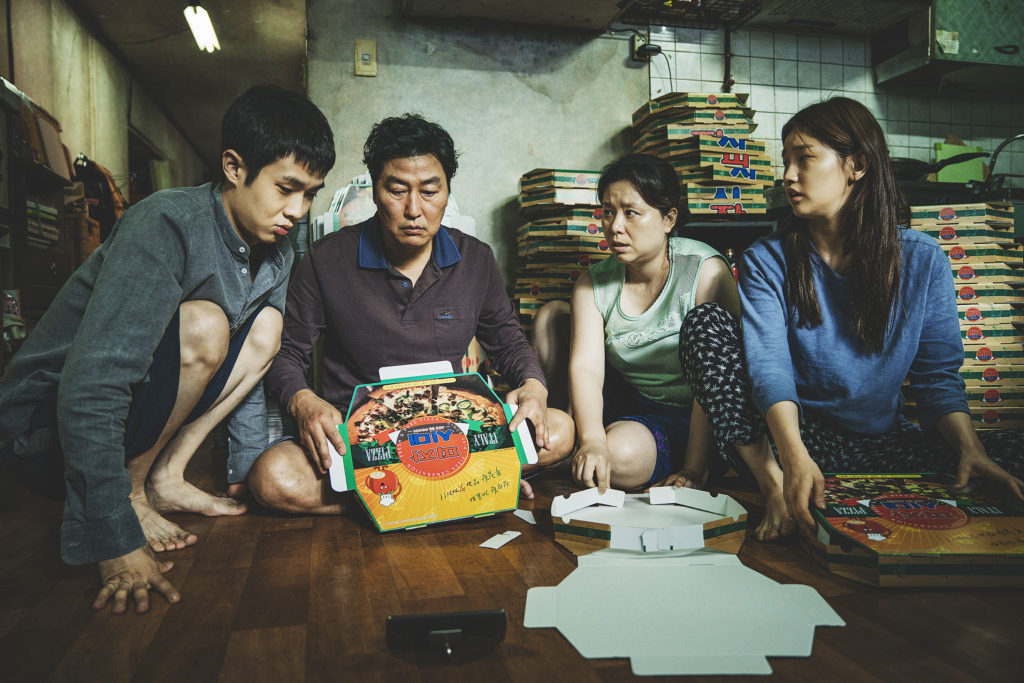
If great cinema can be seen as a kind of early warning system, it’s telling that the most powerful films in Cannes this year were driven by a palpable sense of urgency about the state of the world. From South Korea to Dakar, from the suburbs of Paris to the wilds of Brazil, alarms were going off left and right. Now, it seems, the art house is haunted, and it looks like there’s no chance of boarding it up against what’s coming at us in the dark.

